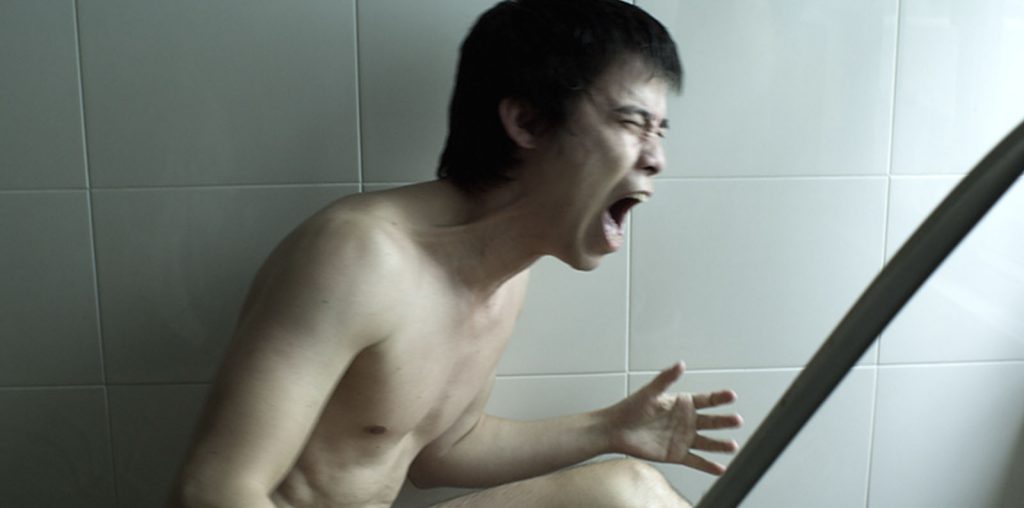
Narrated by Tom Cruise, “Stanley Kubrick: A Life In Pictures” is a lovingly arranged bio of the late director’s life and career, beginning with his birth in 1928, and leading into Kubrick’s upbringing in New York and days as a teenage photographer for “Look” magazine, before making a landmark shift to film with 1951’s “Day of The Fight.”
Guided by candid interviews with Kubrick’s family and peers, the documentary continues with a lavish history of his pictures including 1953’s “Fear and Desire” (co-produced by Stanley’s father), and followed by more stable efforts in “Killer’s Kiss” (1955), “The Killing” (1956), “Paths of Glory” (1957), Spartacus (1960), “Lolita” (1962), “Dr. Strangelove” (1964), “2001: A Space Odyssey” (1968), “A Clockwork Orange” (1971), “Barry Lyndon” (1975), “The Shining” (1980), “Full Metal Jacket” (1987), Eyes Wide Shut (1999), and to an extent, A.I. – Artificial Intelligence (2001).
Like the man himself, the fascination with “Stanley Kubrick: A Life In Pictures” lies in the details. Here, submitted by Kubrick’s widow Christiane, and the likes of Martin Scorsese, Arthur C. Clarke, Steven Spielberg, Malcolm McDowell, and–most interestingly–Jack Nicholson, who recalls Kubrick once describing “The Shining” to him as an upbeat story, explaining that it suggests that at least something exists after death. Other anecdotes reveal Kubrick’s driven, but notoriously erratic nature–behaving warmly toward others one day, and distant the next–and his refusal to tell actors what he wanted in a performance. A habit that often drove Stanley’s cast nuts, as he’d casually played chess with them between takes (Kubrick was a skilled player).
Directed by Kubrick’s longtime producer–and brother-in-law–Jan Harlan, “Stanley Kubrick: A Life In Pictures” reveals above all else, a dedicated family man who loved animals–once leaving his assistant a 15-page manual on how to govern his cats–and who worked every day before his death in 1999, one week after Eyes Wide Shut was finished.
